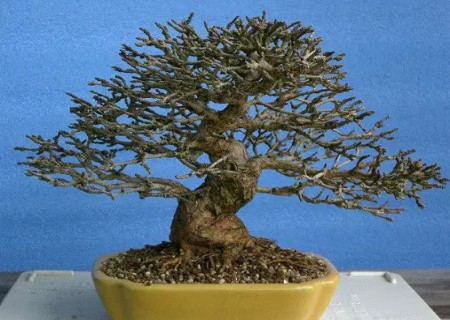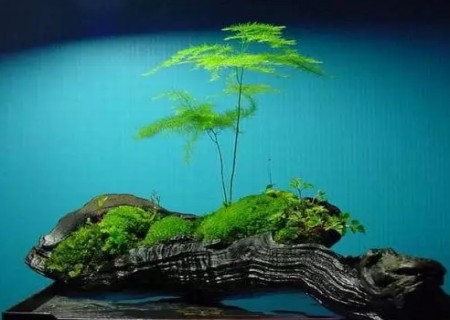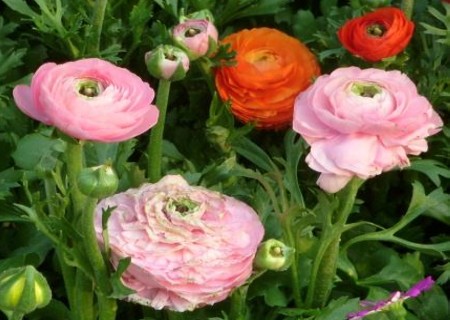How to change the bonsai (illustration)
As we all know, after all, the growth space of bonsai plants in the basin is limited, and if we do not change the basin for a long time, it may cause a lot of growth problems, such as the root system can not continue to stretch and appear aging phenomenon, the basin soil can not provide more nutrients, and diseases and insect pests invade the soil, so we need to change the basin at the right time.

Changing the basin for bonsai plants is a meticulous work, not only to choose a good time to change the basin, but also to avoid injuring the plants as far as possible, so as not to affect their return to the normal growth state after changing the basin. So, how to change the bonsai? The following editor gives you an illustration.
1. Time to change the basin
The best time for bonsai plants to change pots is in spring, because spring is often the peak period for plant growth. During this period, plants are more likely to survive and return to normal growth.
Second, the process of changing the basin
Changing the pot of bonsai plants is a technical task, which is time-consuming and laborious, but we should not be too careless, otherwise it will lead to failure.
1. After taking the bonsai plant out of the original pot, we can find that the root system of the plant has been covered with the bottom of the pot, and they are intertwined and very messy.
2. After the bonsai plant soil basin, we should remove the excess old soil for it in time, and we can use small wooden sticks to gently knock off the excess soil in the root system.
3. After removing the excess old soil adhered to the roots of bonsai plants, we also need to comb and modify the roots so that they can move into the "new home" in a relatively neat manner.
4. Lay an anti-insect net on the drain at the bottom of the new basin, and then fix it with thick wire.
5. From the bottom to the top, three new substrates with suitable thickness of large particles, medium particles and small particles are spread layer by layer, and then the bonsai plants are implanted into them.
6. after the bonsai plants are planted in the new soil, the roots of the plants are fixed by aluminum and iron wire through the drainage hole.
7. Insert the potted soil tightly with a small wooden stick so that the potted soil is in full contact with the plant roots as much as possible.
At this point, the pot change of bonsai plants is completed. Although the process of changing the basin is relatively simple, and some details have not been introduced in detail, the changing process of different plants is also different, and the specific details need to be carried out according to the growth habits of different varieties of plants. This method is for reference only.
Time: 2019-05-30 Click:
- Prev

How to raise bonsai moss
Moss in bonsai can play a good role in embellishment, and even let bonsai achieve the effect of icing on the cake. In the last article, the editor shared an article entitled "making Pictures of Bonsai Moss". I believe you already know how to make bonsai moss. Today
- Next

How to raise buttercups (sharing of breeding experience)
Ranunculus is a bulbous flower plant of Ranunculaceae. It likes cool climate and is suitable for growing at 15-25C. Because of the hot and humid climate in the south, it is difficult to see this kind of flower and plant in general.
Related
- Fuxing push coffee new agricultural production and marketing class: lack of small-scale processing plants
- Jujube rice field leisure farm deep ploughing Yilan for five years to create a space for organic food and play
- Nongyu Farm-A trial of organic papaya for brave women with advanced technology
- Four points for attention in the prevention and control of diseases and insect pests of edible fungi
- How to add nutrient solution to Edible Fungi
- Is there any good way to control edible fungus mites?
- Open Inoculation Technology of Edible Fungi
- Is there any clever way to use fertilizer for edible fungus in winter?
- What agents are used to kill the pathogens of edible fungi in the mushroom shed?
- Rapid drying of Edible Fungi

